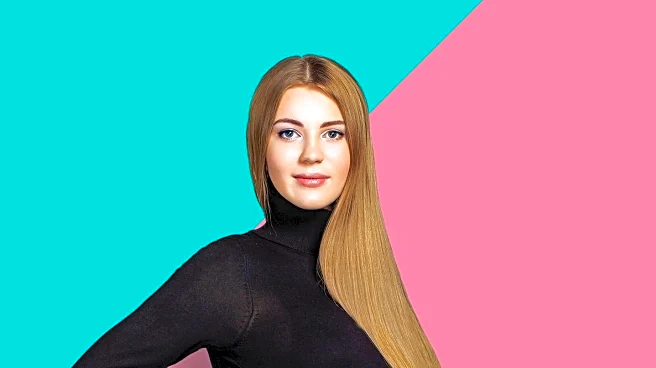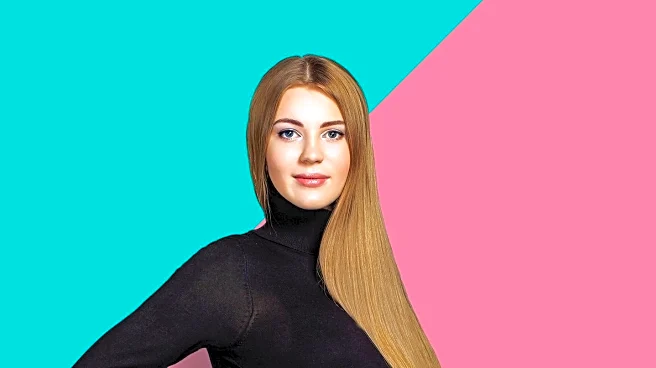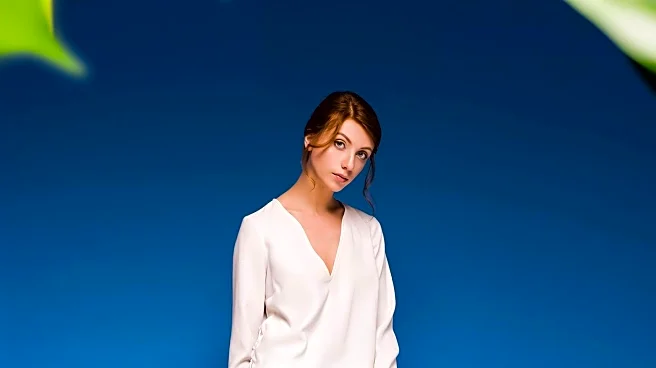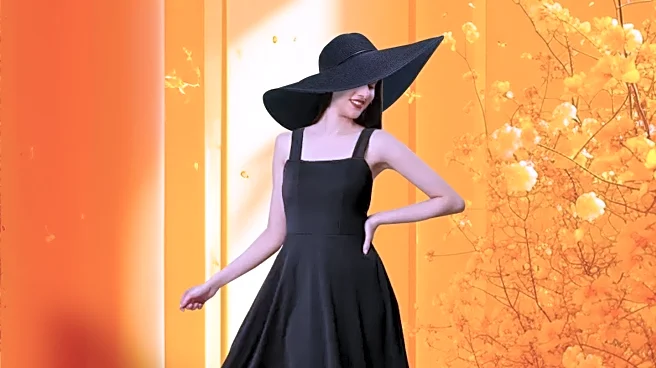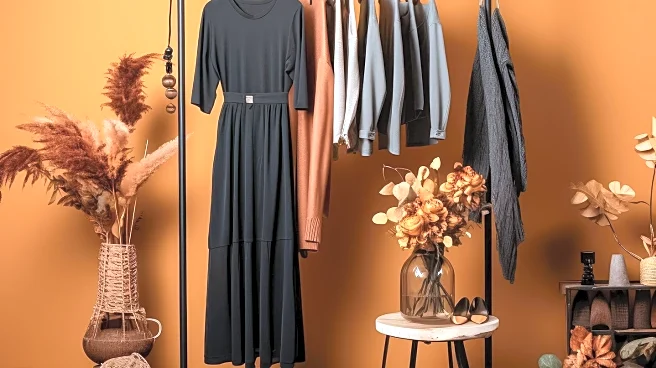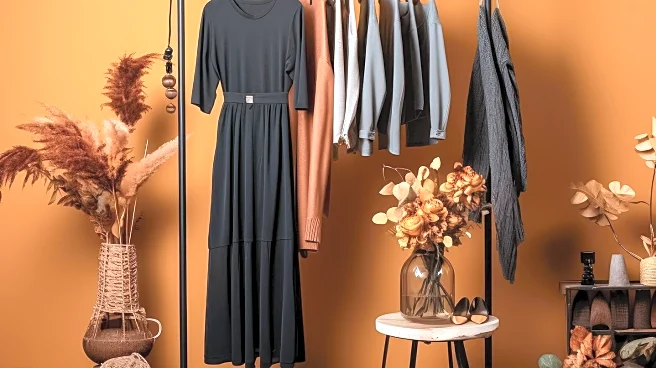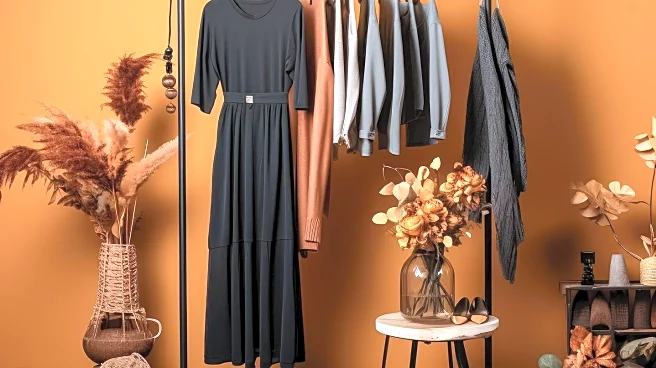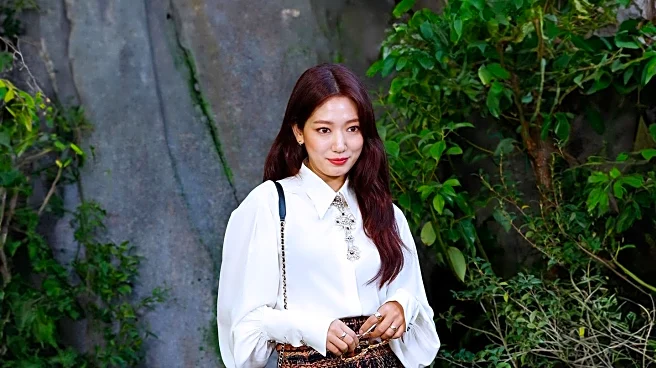What's Happening?
A Vogue writer has shared her personal experience of navigating pregnancy without resorting to traditional maternity pants. As she approaches the third trimester, she has opted for non-maternity options such as low-rise trousers, pull-on pants, and balloon pants. These choices are driven by comfort and style, allowing her to maintain her fashion sense while accommodating her changing body. The writer emphasizes the importance of selecting pants with drawstring waists or low-rise designs to avoid discomfort from structured waistbands. Despite the challenges of pregnancy, she has managed to avoid maternity pants, except for maternity jeans, which she acknowledges as necessary for comfort.
Why It's Important?
The writer's approach highlights a shift in maternity fashion, where pregnant individuals seek alternatives to traditional maternity wear. This trend reflects a broader movement towards versatile and stylish clothing that accommodates body changes without sacrificing personal style. The emphasis on comfort and adaptability in fashion can influence maternity wear designers to innovate and offer more inclusive options. This development is significant for the fashion industry, as it may lead to increased demand for non-maternity clothing that serves pregnant individuals, potentially expanding market opportunities.
What's Next?
As the writer continues her pregnancy journey, she may further explore and share insights on balancing fashion with comfort. Her experiences could inspire other pregnant individuals to seek similar alternatives, potentially influencing consumer preferences and driving changes in maternity fashion offerings. Fashion brands may respond by expanding their collections to include more versatile and comfortable options for pregnant customers, fostering innovation in the industry.
Beyond the Headlines
The writer's narrative also touches on the cultural aspect of maternity fashion, challenging traditional norms and expectations. By choosing non-maternity pants, she is advocating for a more personalized approach to pregnancy attire, which could encourage broader acceptance of diverse fashion choices during pregnancy. This shift may contribute to changing perceptions of maternity wear, promoting individuality and self-expression.

